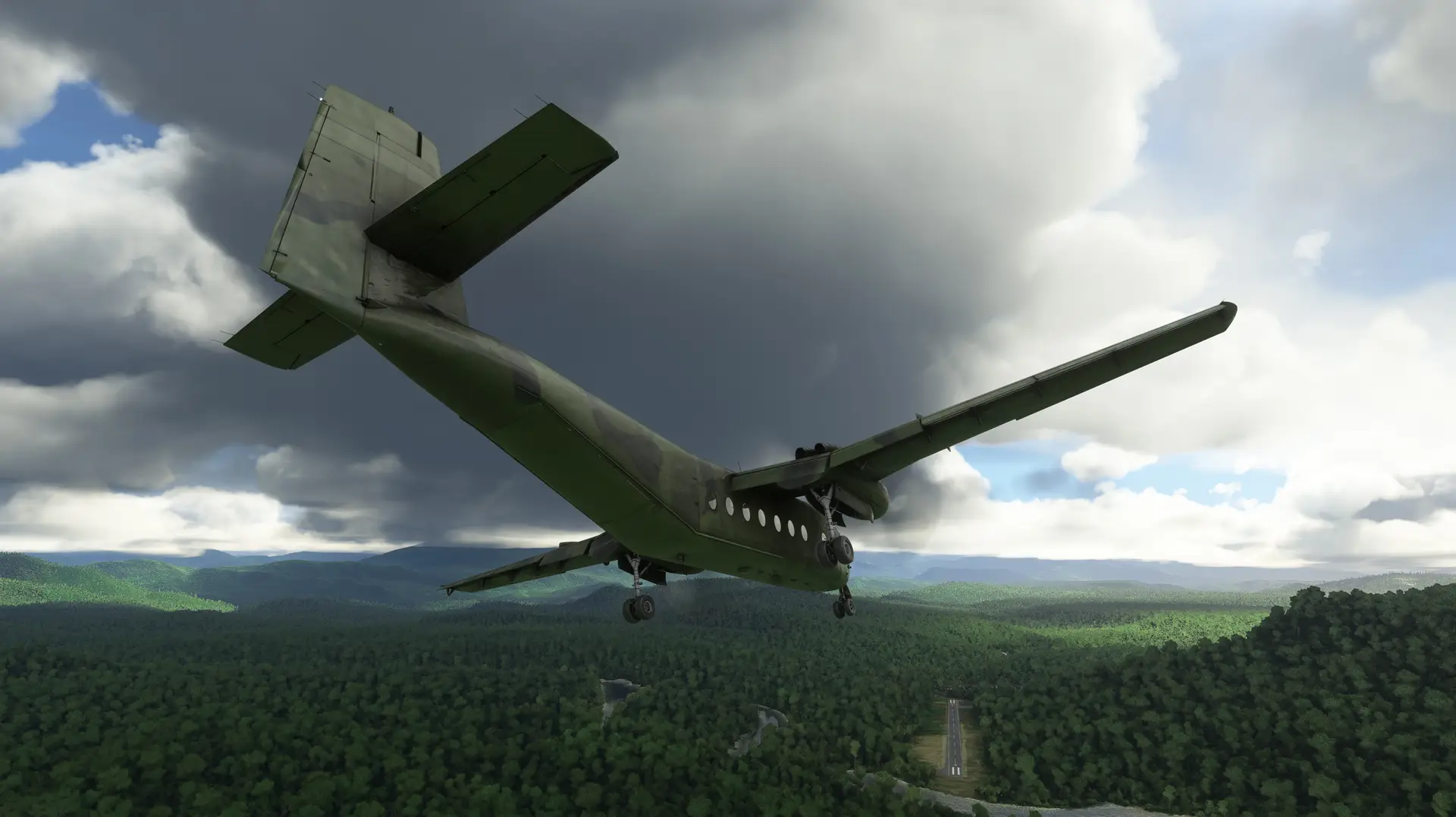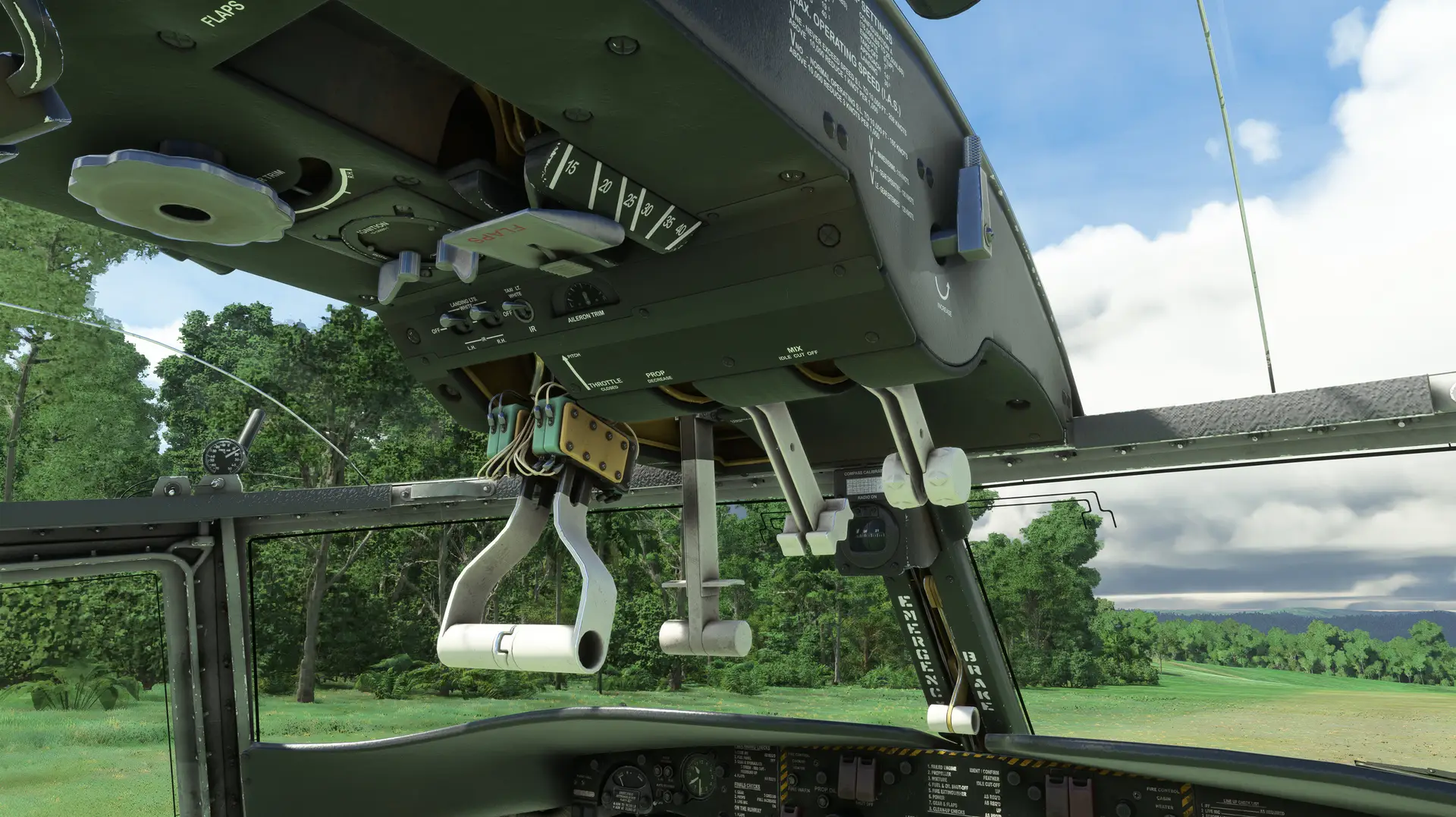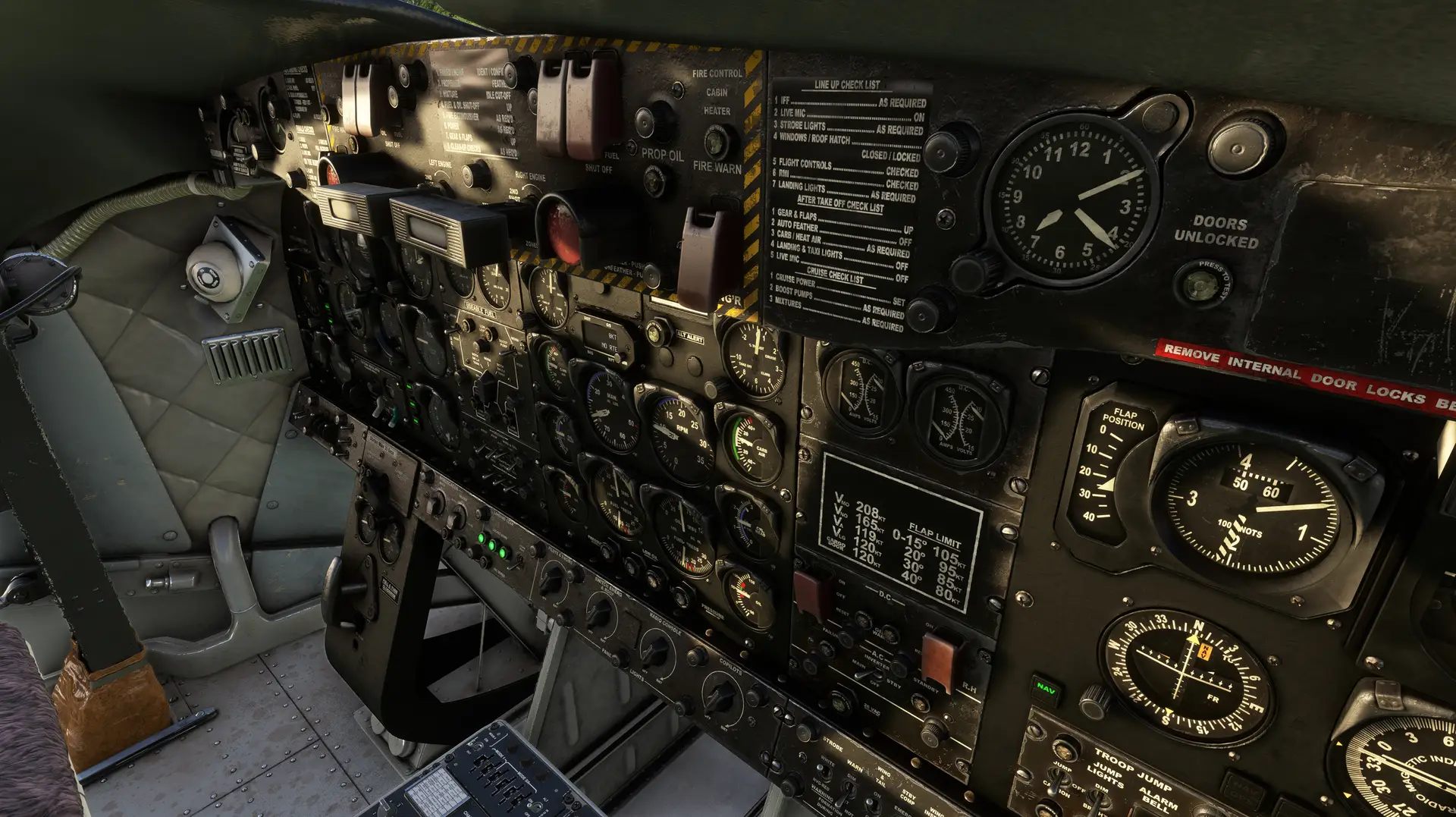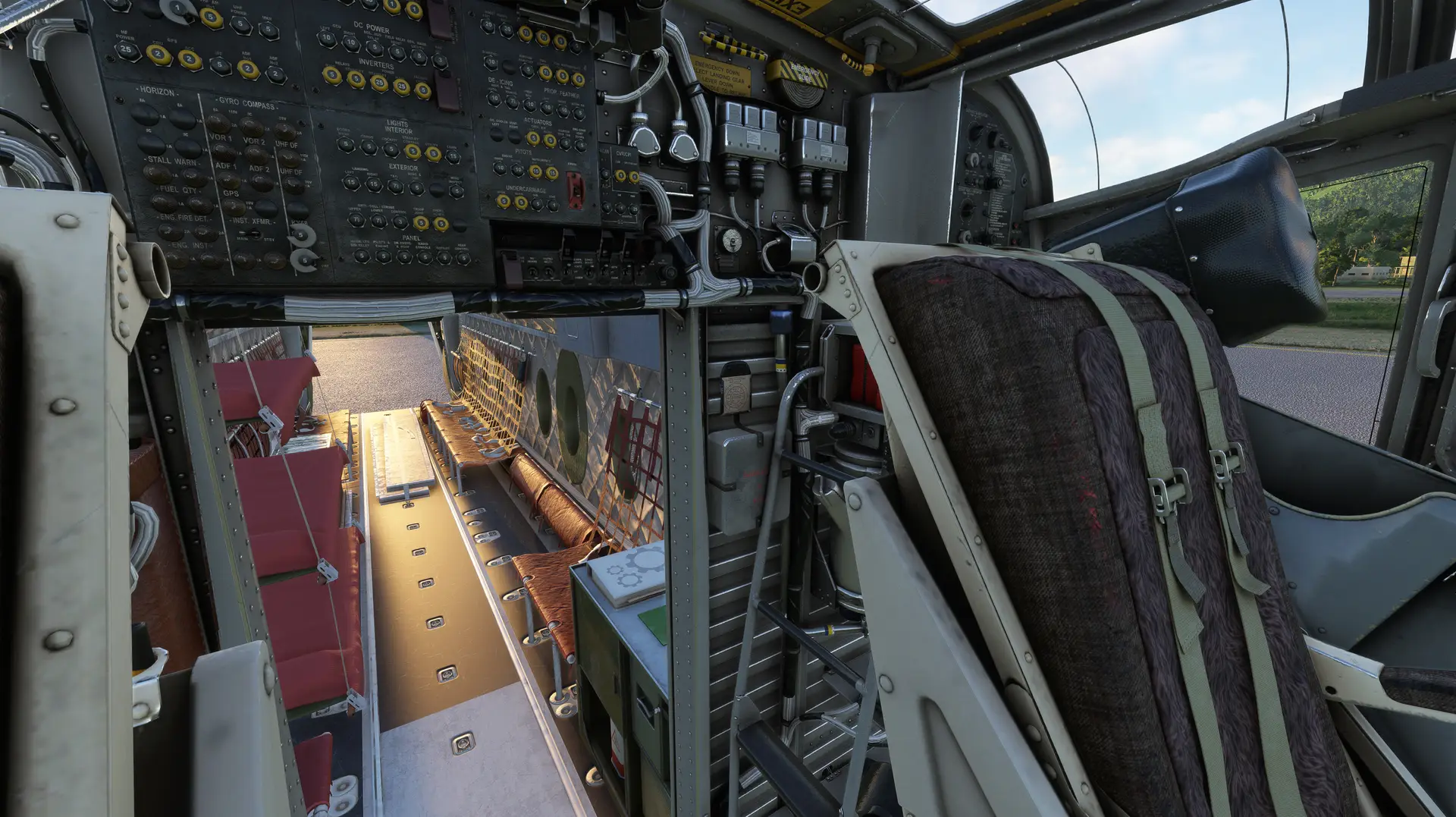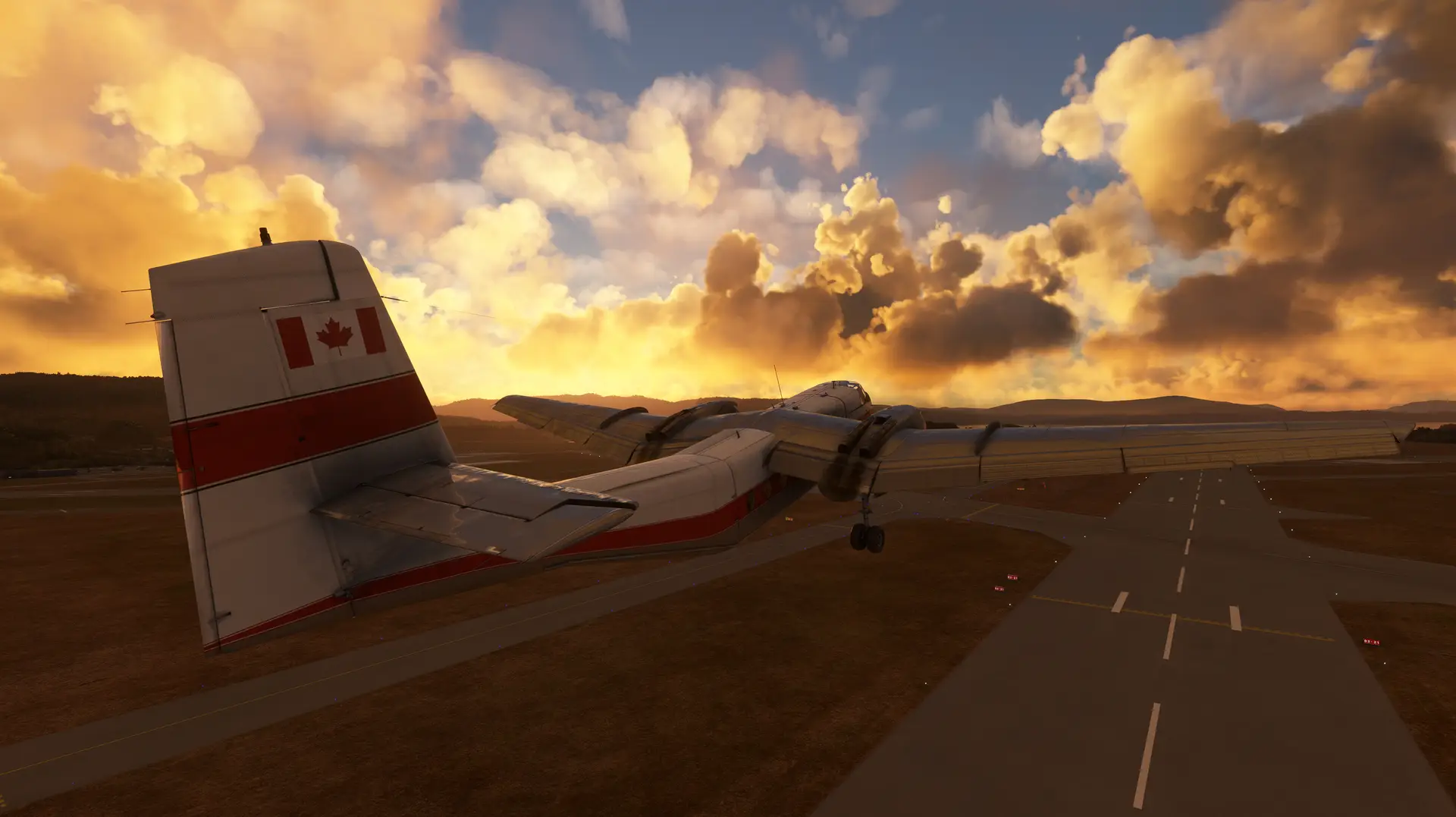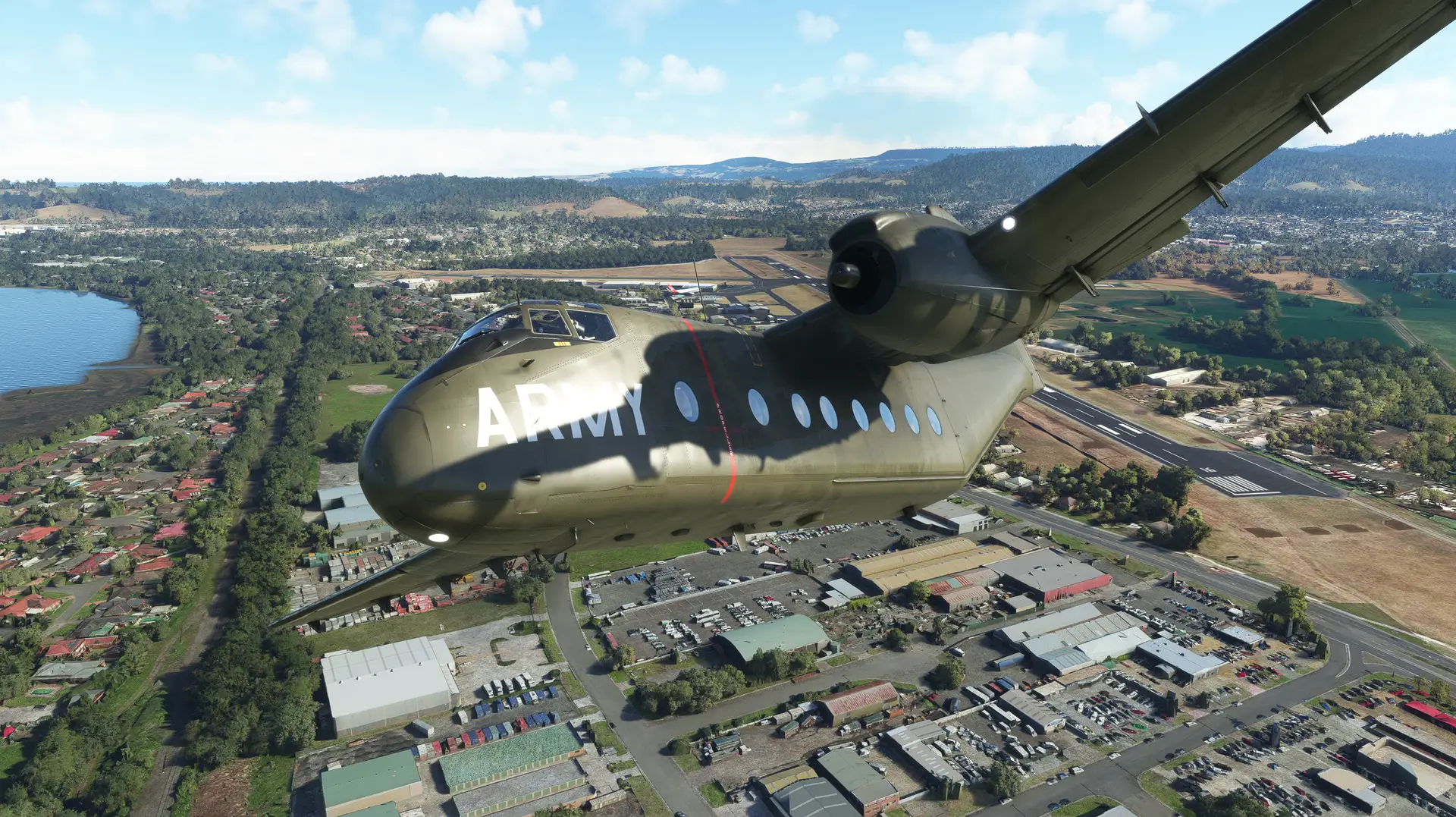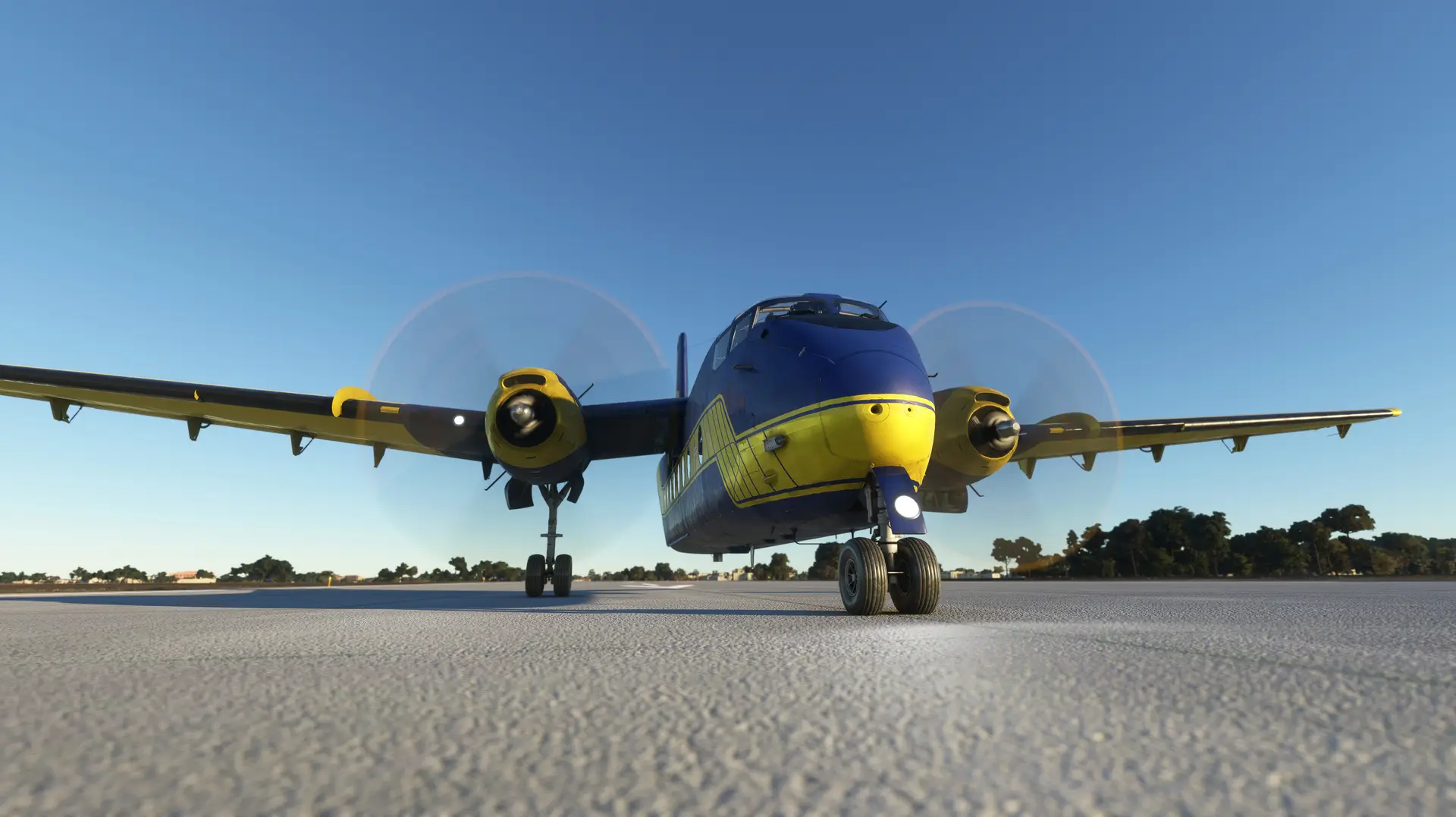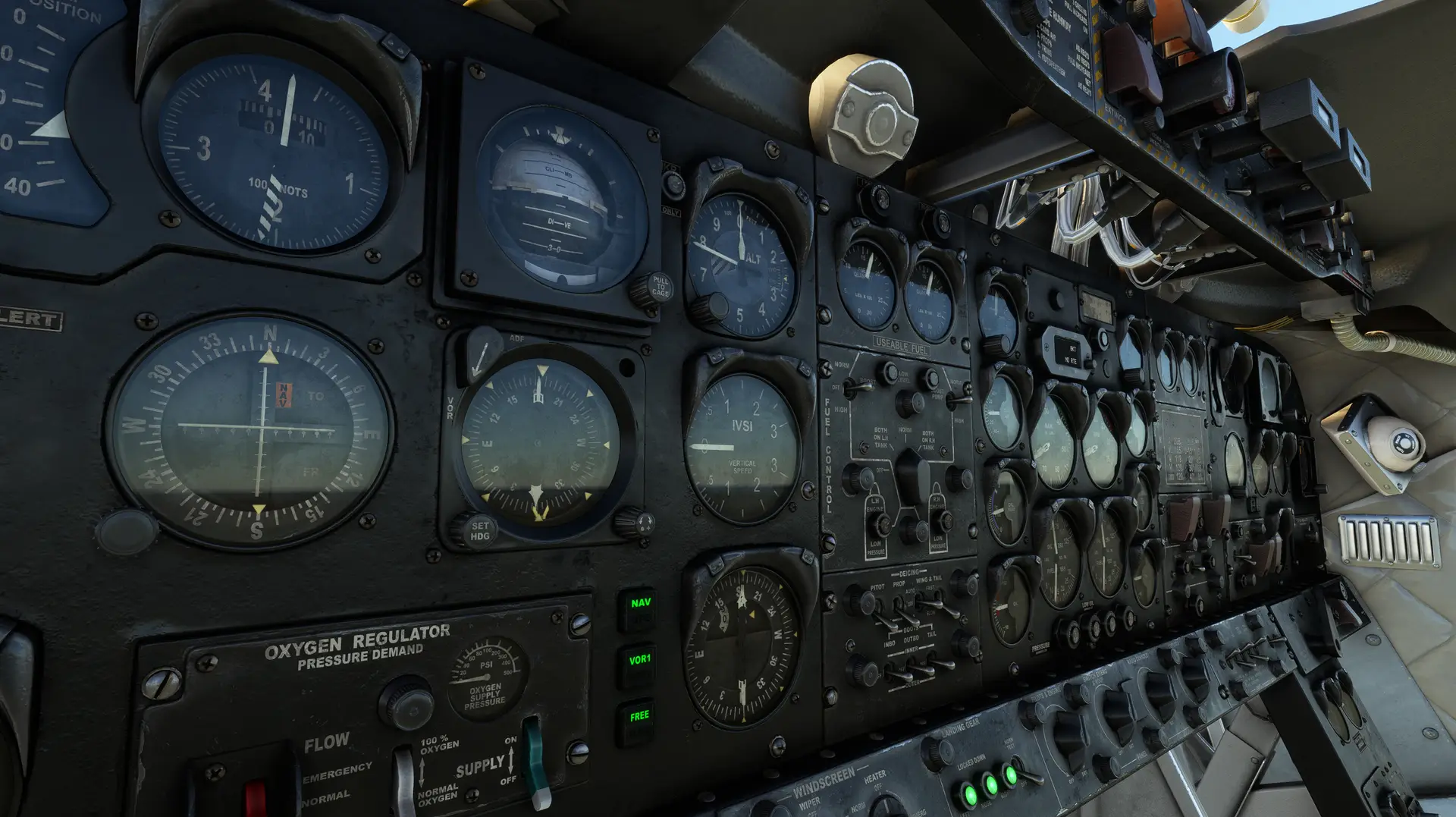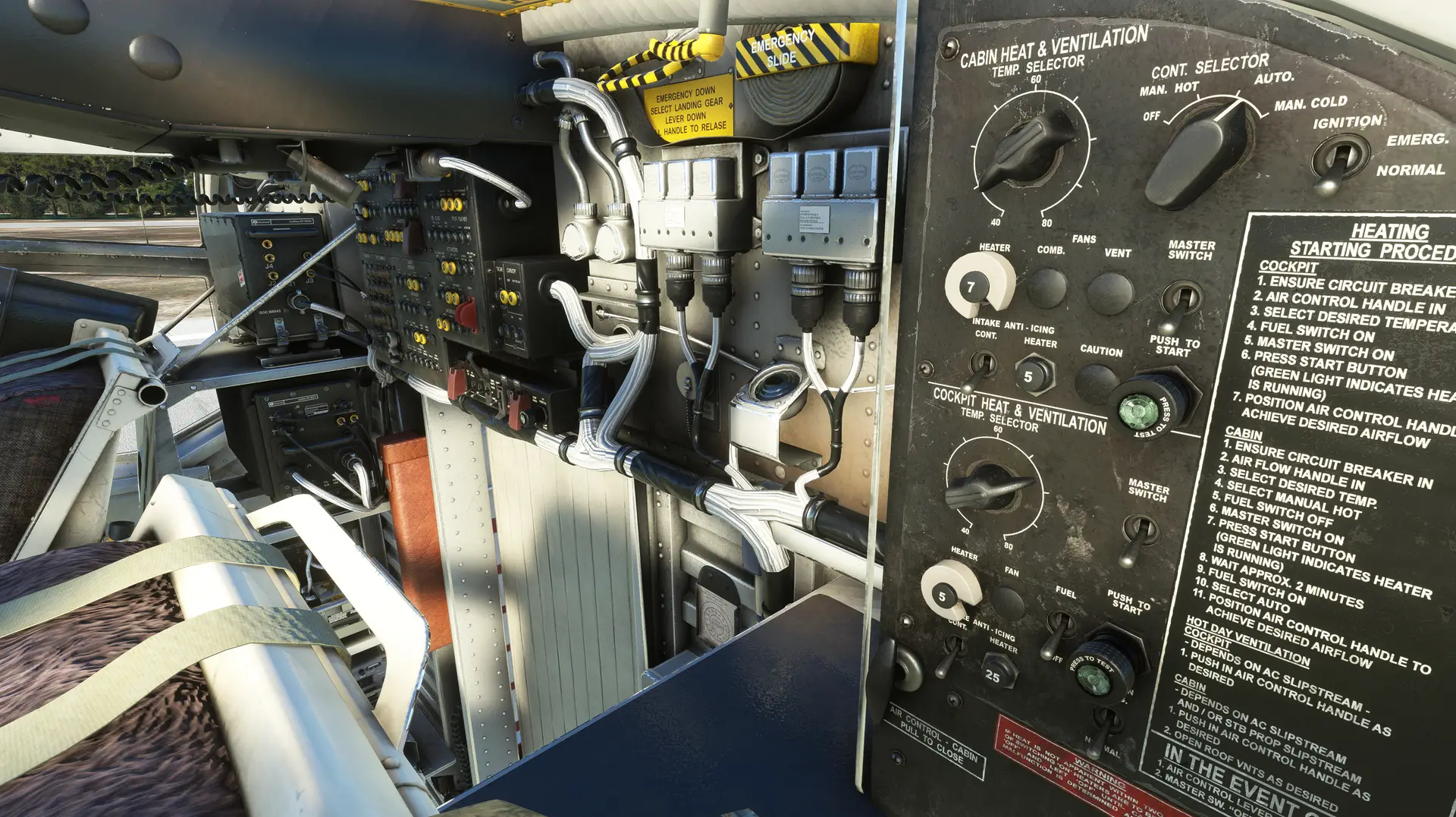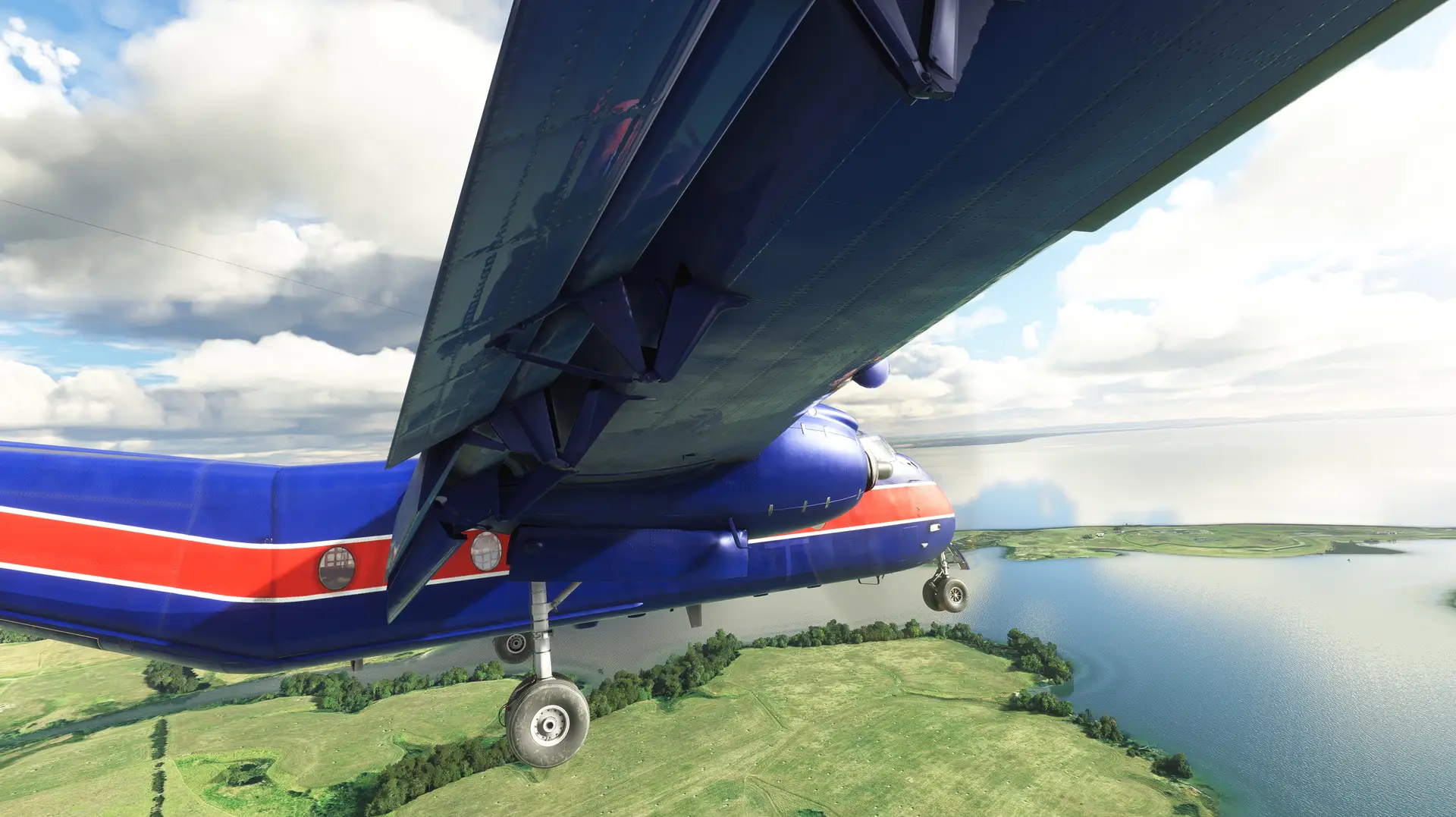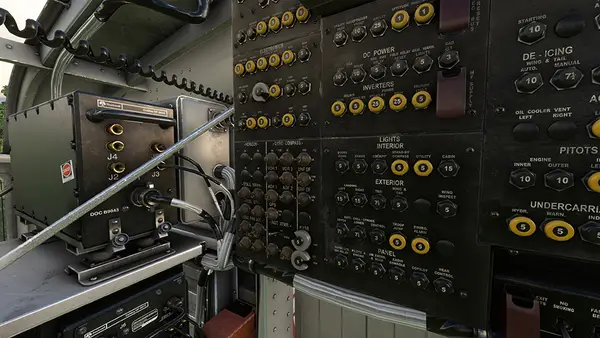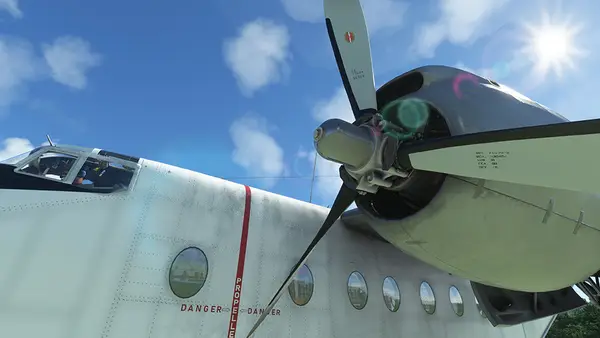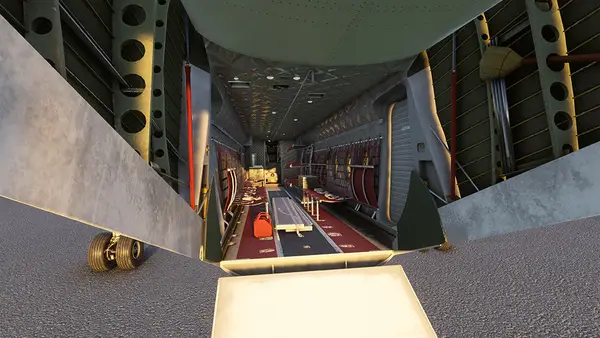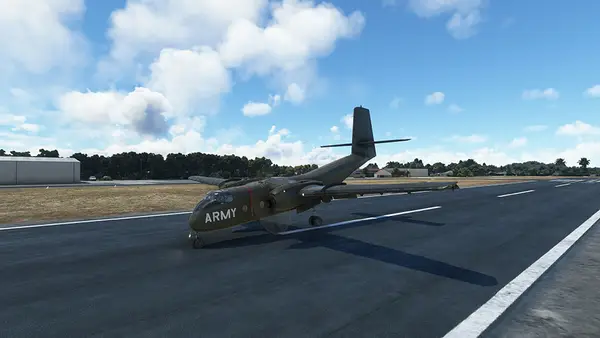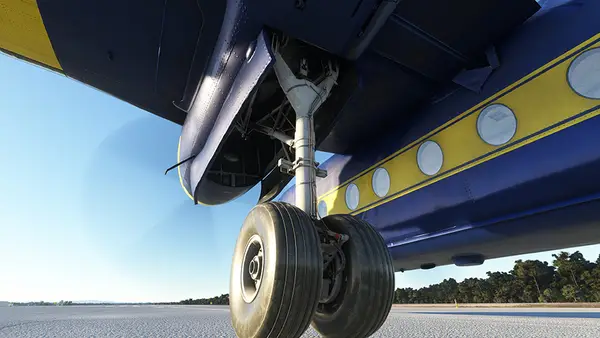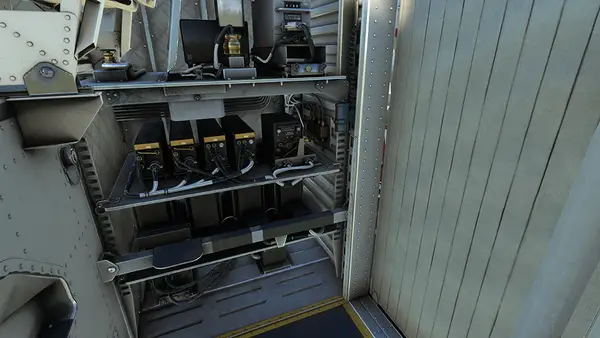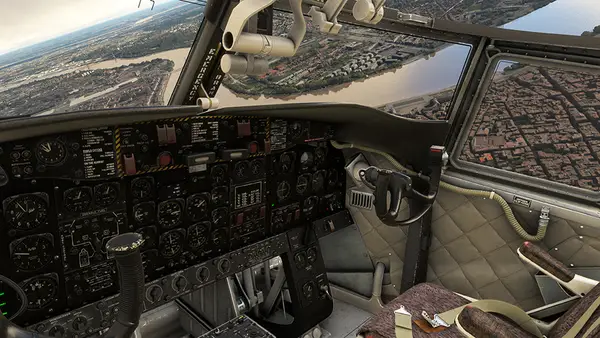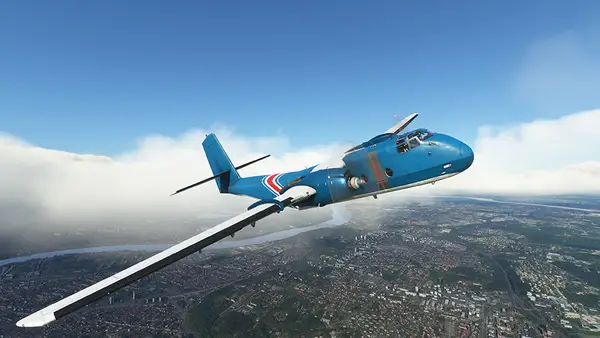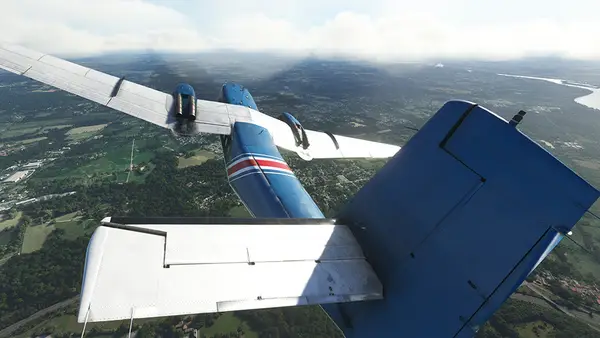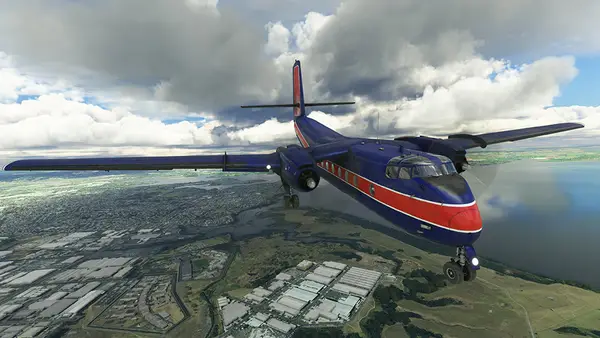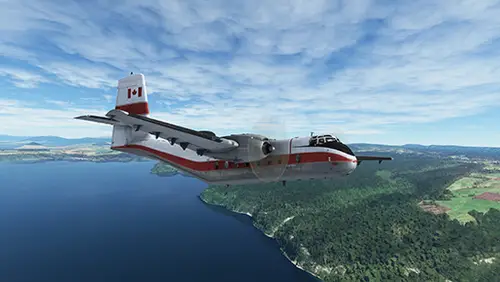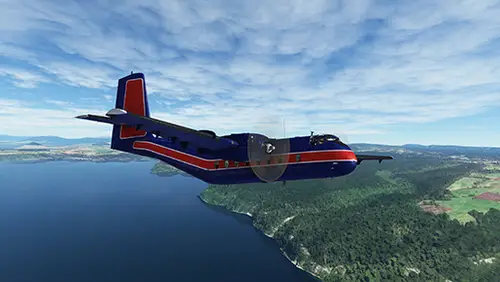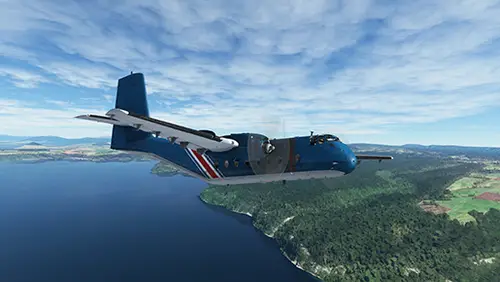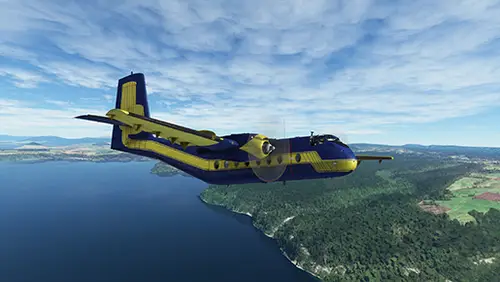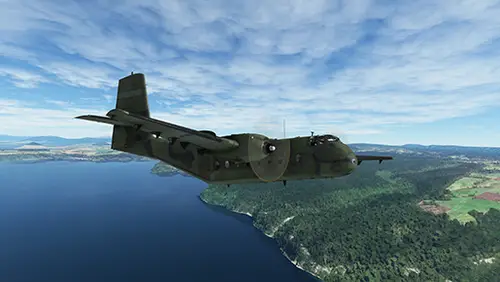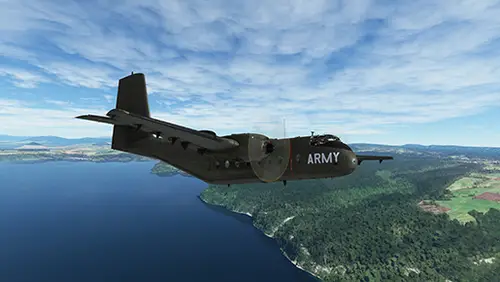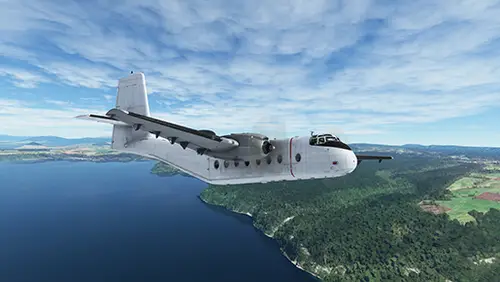The DHC-4 Caribou is a twin-engine, short takeoff and landing (STOL) cargo aircraft produced by aerospace manufacturer de Havilland Canada. The Caribou was developed as a military cargo and troop carrier, and was conceptually based on the STOL performance of the smaller de Havilland DHC-2 Beaver and DHC-3 Otter, but with greater cargo capacity. The design is one of the most capable aircraft for austere and bush flying ever created.
The Caribou first flew on July 30, 1958 and was introduced into service in 1961. De Havilland built a total of 307 Caribou, and the majority of these went into military service, with some serving civil missions. The militaries of 32 countries flew the Caribou, notably that of the United States. Designated the CV-2 and then the C-7, the United States Army and Air Force operated a total of 159. Other nations that used the DHC-4 include Spain, Kenya, India, and Australia, which used the airframe until 2009.
Crewed by two, the DHC-4 can carry up to 32 troops with gear, 8,000 pounds of cargo, or some combination. The Caribou has a distinct, utilitarian look, featuring a long, narrow fuselage with a rear cargo ramp and elevated tail section. The design allows easy and efficient loading and offloading of equipment, personnel, and in-flight drops of equipment and/or paratroops. Its empennage is a cruciform design, with a large vertical stabilizer and rudder for low-speed yaw authority. It has a retractable tricycle undercarriage with long landing gear legs for austere, unimproved airfields. Its main wing is a high aspect ratio design that is mounted high on its fuselage and has full-span, double-slotted flaps. The wing has a polyhedral, inverted gull form and it supports its two radial engines in nacelles that also serve as mounts for the main landing gear. The aircraft is powered by two Pratt & Whitney R-2000 Twin Wasp 14-cylinder radial piston engines. Each delivers 1,450 horsepower and turns a 3-blade Hamilton Standard constant-speed, reversible-pitch propeller.
The Caribou served in a number of combat zones and was used for a variety of humanitarian assistance missions through the years, notably in places such as Vietnam, Vanuatu, and on the Line of Control along the India-Pakistan border region. In these austere operating arenas, the Caribou earned its legendary status, as it was able to get into and out of rugged, short runways in as little as 1,000 feet of ground roll, both during take-off and landing.
The DHC-4 has a range of 1,300 miles, climbs at 1,355 feet per minute, and has a service ceiling of 24,800 feet above sea level. It cruises at 182 miles per hour, stalls at 68 mph, and has a top speed of 215
The DHC-4 Caribou by de Havilland Canada is a beast of an aircraft that is a true aviator’s machine. It can fly into and out of just about any airstrip, and it responds to every pilot input with confidence.
